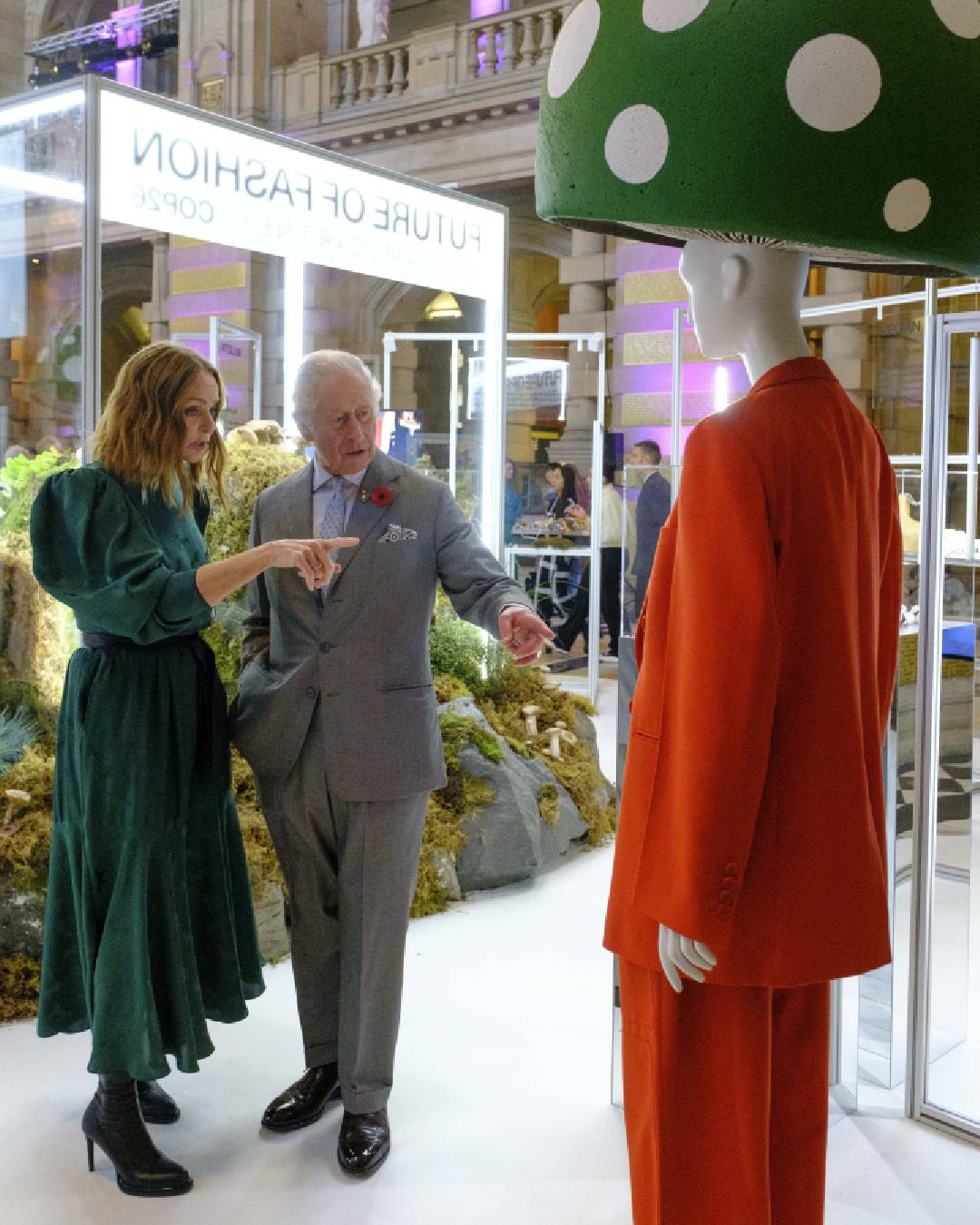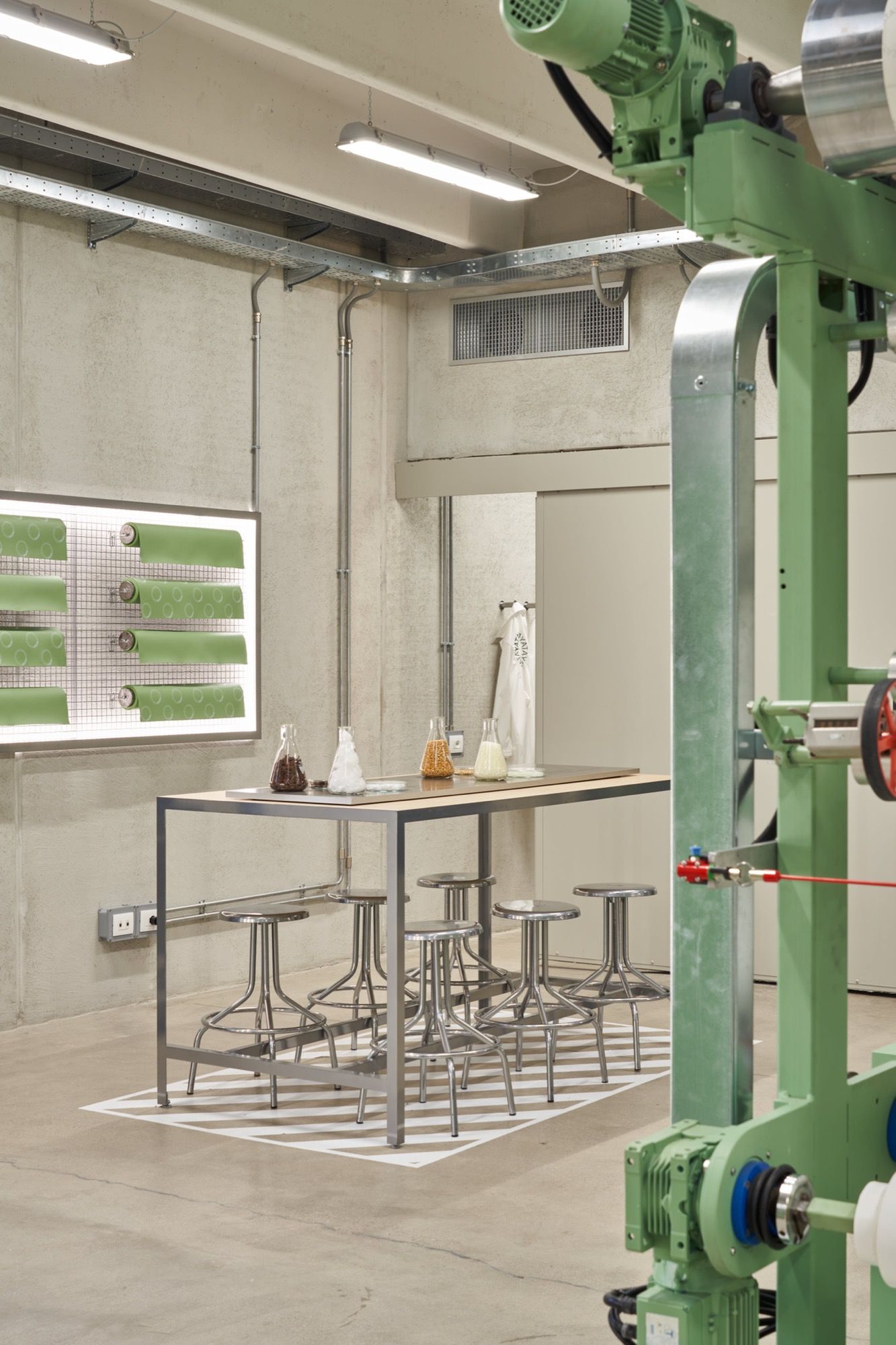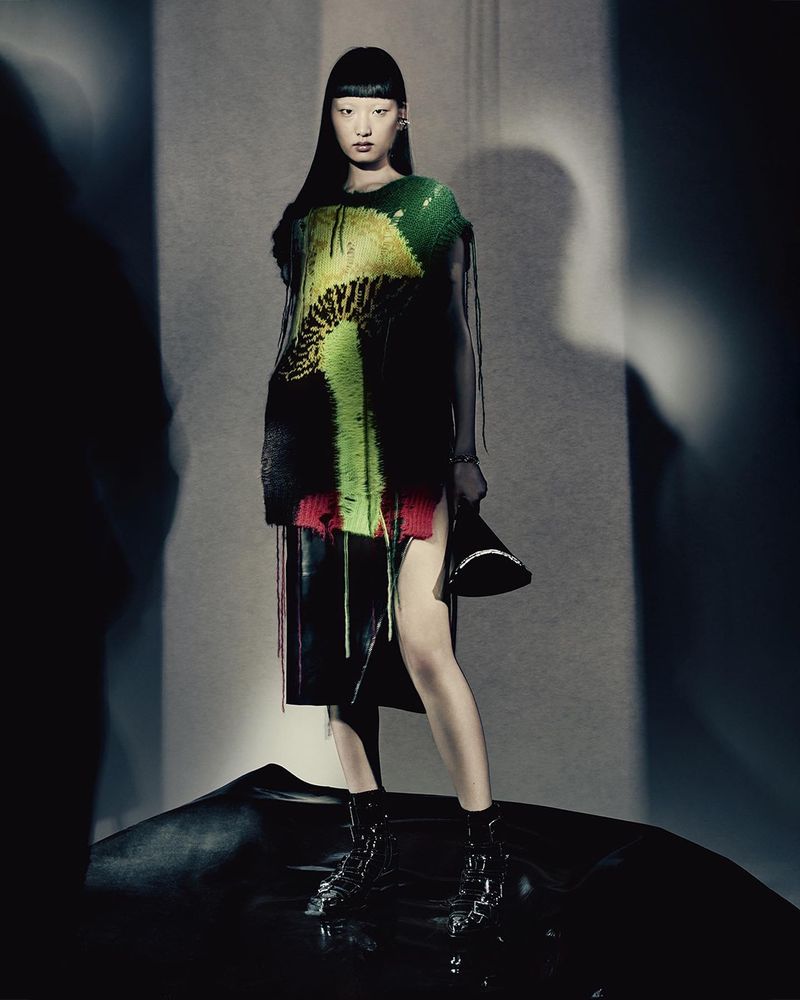
Will we be wearing mushrooms in the future? Clothes made of plants, roots and rocks
During Fashion Month anything can happen, from the most ambiguous celebrity appearances in the front row to shows that turn into mud fights. But among the all-too-expected appearances - despite the unpredictability of their actions - are PETA activists. This season, numerous faux-models sported high heels and equally punchy slogans, at the Hermès, Coach, Burberry and Gucci shows. Now that fur has practically disappeared from the designers' radar, the organisation is taking a stand against leather and down manufacturers, demanding their halt. The last time fur was taken off the market, synthetics prevailed, certainly not helping environmental causes. The only possible solution may lie in research and development of new plant based materials, as well as in promoting the circularity of existing garments. Fabric components such as linen, cotton and silk have long been hailed as great green options, but their production continues to present controversial aspects regarding sourcing, oftentimes disputed as unethical. For this reason, manufacturers emphasising their environmental commitment have slowly shifted their focus to even more earthy (in the literal sense of the expression) sources: algae, wild nettle plants, minerals, rocks and coffee leftovers, although one in all continues to assert its dominance in the field of eco-friendly fashion, winning the hearts of luxury, interior design and activewear designers. Although the debut of mushrooms in fashion dates back to the 1960s, in recent years the amount of brands that have adopted the use of mycelium in their collections has skyrocketed, thus establishing a rising trend.
In the sportswear and footwear sector, a number of brands have stepped forward in experimenting with plant fibres for their productions. In 2016, adidas launched the Stan Smith Mylo, a reinterpretation of the iconic low top trainers Made with Nature, namely created with the renewable underground roots of mushrooms, while in 2022, Lululemon launched the first collection of yoga bags made of mycelium. In Italy, more precisely in Erba, near Como, Golden Goose has just renewed its collaboration with the company Coronet at the Yatay Lab, a co-action project aimed at supporting the research and development of bio-based materials through dedicated technologies and tools. T-shirts have also been won over by the innovative properties of plant fibres, with brands such as Pangaia - which replaces goose feathers with flowers in its jackets - and Hyper Natural using seaweed and wild nettle, unused crab shells and jade stone respectively. At Bottega Veneta, a fashion house known as the a master in the art of leather goods, the vegetable materials chosen to be transformed into clothing and accessories were cane sugar and coffee - eco-sustainable, but Italian-style.
The organic products that brands can take advantage of to produce sustainable collections are numerous, but mycelium remains the best option. Maisons such as Hermès, Balenciaga, and Stella McCartney have long collaborated with specialised companies to create vegan leather accessories with the fibres obtained from mushrooms, Alexander McQueen dedicated an entire collection to it for FW22, while last winter Esprit joined Pentatonic's project for waste disposal, which utilises the 'devouring' properties of mycelium. The mushroom roots from which this plant fibre is produced are renewable, and this type of eco-leather requires a much shorter time frame than the production animal leather, namely only two weeks, as well as a critically lower carbon footprint and water consumption. A material that has also attracted the attention of street style brands, mycelium was put to the test by Brain Dead and Space Available for this summer's Mycelium Network exhibition in Los Angeles, for which they designed the Mycelium Fossil Rock. From interior design to activewear, soon mushrooms will invade not only our wardrobes, but also our shelves. All in all, perhaps the activists who took the catwalks by storm this past Fashion Month had a point.



















































